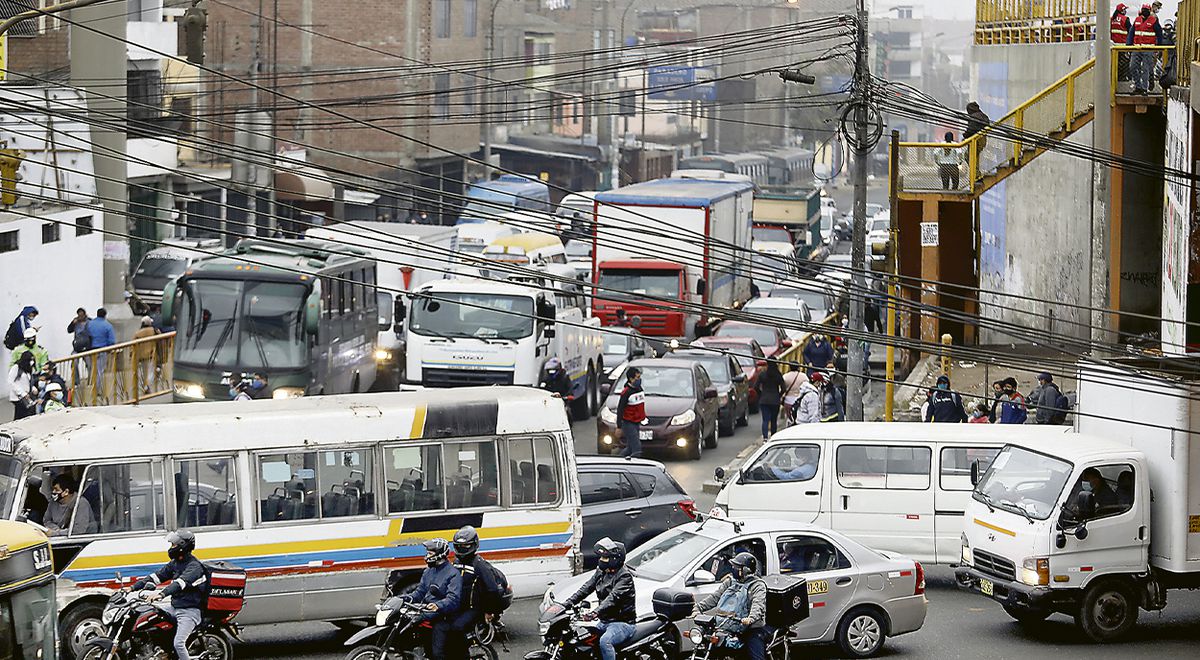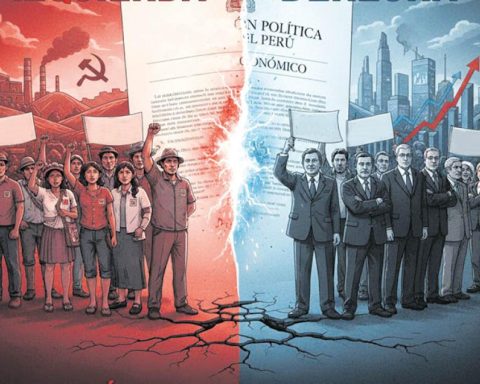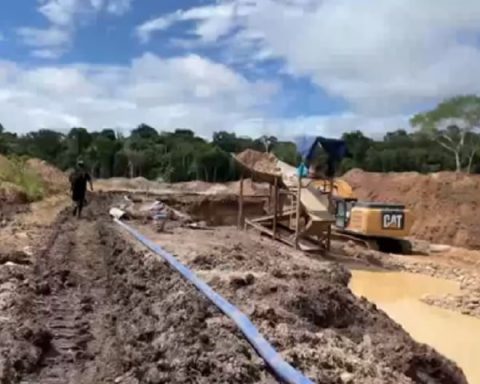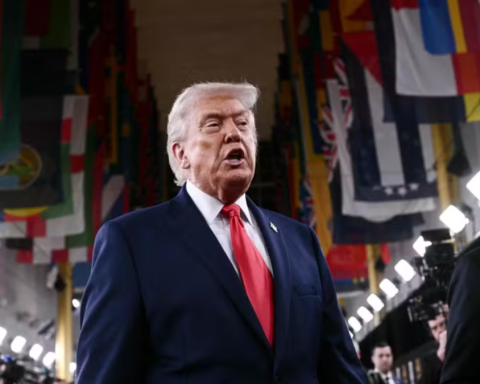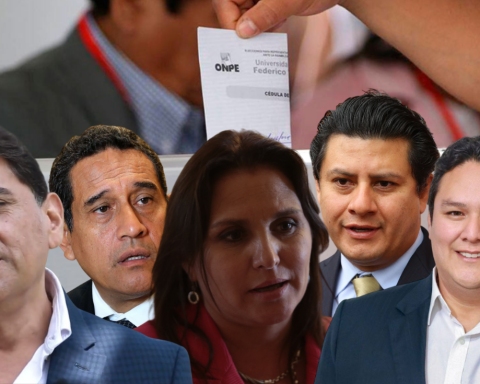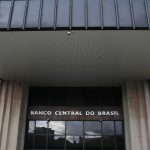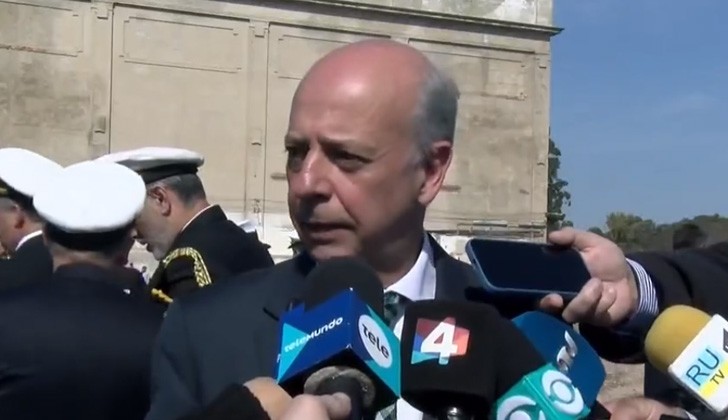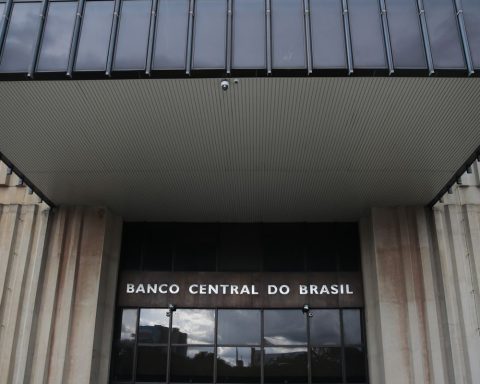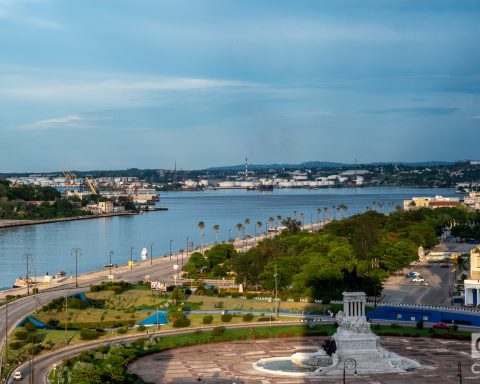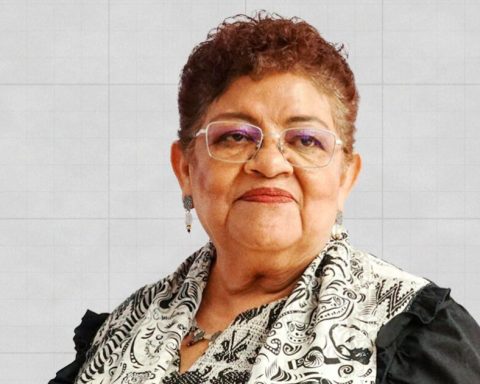Any change that you want to make in Lima in terms of transport must take into account a protagonist that did not exist in previous elections, the Urban Transport Authority for Lima and Callao (TO YOU).
Two experts on the topic of Transportation, Luis Quispe Candia, from Luz Ámbar; and Lino de la Barrera, from Cidatt; they specify that most of what the candidates are offering in this matter is not the responsibility of the municipality but of the ATU, that manages the interconnected system of both provinces. Although, as De la Barrera maintains, “the municipality can request that the ATU delegate the execution of certain works to it.”
For Quispe Candia, “there is a great lack of knowledge about the skills. The mayor has nothing to do with transportation. His competition is transit, not transportation.” And he adds that the majority “are talking about buses, the Metropolitano and new routes and that has nothing to do with the provincial municipality. The road infrastructure, that is the responsibility of the mayor”.
There are two candidates referring to the ATU. Rafael Lopez Aliaga (Popular Renewal) says: “I will reformulate the transportation system, through the ATU, prioritizing the use of public transportation (in various modalities) and cycle paths”.
The most outspoken and critical against the ATU is the candidate Gonzalo Alegría (Together for Peru), who, for example, in regard to the Central Highway, points out that “The ATU has shown its total uselessness by keeping it closed, despite the fact that, since September 2021, no works are being carried out.” Alegría also told La República that in the case of the cable cars in SJL and Lurigancho there is “bad will” from the ATU. “She (María Jara, president of the ATU)) took two years to approve the profile of Mayor Muñoz. It cannot take that long to approve the profile of what the work will be, ”she added.
Tolls and cable cars
Another issue to which three candidates have referred is that of tolls. George Forsyth (Somos Peru) assured that “we are not going to allow tolls to continue to profit from the pockets of all of us.” López Aliaga proposes in his government plan to recover or renegotiate the Lima toll concessions. And Gonzalo Alegría proposes to annul tolls in urban areas, “without cost or minimizing a possible international arbitration fine.”
In this regard, the expert Lino de la Barrera emphasizes that the issue of tolls is in arbitration and “everything has to go through the arbitral tribunal”.
Another proposal in which the applicants to Lima agree is that of the cable cars.
López Aliaga plans to install a cable car system that connects San Juan de Lurigancho to Comas. Daniel Urresti (Podemos Peru) offers to create the cable car Independencia (Orangel Station) and San Juan de Lurigancho (San Carlos Station). And Alegría aims to promote the SJL and El Agustino cable cars.
Cable car connecting San Cristobal hill with the capital has been proposed on several occasions. Photo: The Peruvian
Lino de la Barrera believes that it is a very useful project, “above all, the cable car that would go from the subway station in Bayóvar to the Metropolitano station in orange grove.
López Aliaga also raises a tram on the Avenida Universitaria, which connects San Martín de Porres with Carabayllo and an express southern airway from Javier Prado to Villa El Salvador.
Roofing the Expressway
Forsyth proposes the roofing of the Paseo de la República Expressway to generate new green spaces. For the expert Quispe Candia, this is nothing new. “There are two or three who want to roof the Expressway. I’ve been listening to it for a long time. First, it is not that simple. Some want green areas, others put lanes for their vehicles”.
Omar Chehade (APP) prepares the construction of cable cars on the Costa Verde for access to the beaches and create new mass public transport corridors, integrating the Metropolitan and Line 1 of the Lima Metro. Urresti offers a northern peripheral ring road and, with private investment, underground parking in Las Malvinas Park, Chabuca Granda Alameda and Plaza La Cultura.
“There are several ring road plans that are useful, but the bottom line is that the works do not have to be divorced from what is wanted for the city. It should be said what master plan they have for the Lima of the future”, concludes De la Barrera.
Offering in campaign is easy
Luis Quispe Candia, expert NGO Luz Ámbar
The approaches of the majority are out of place. They offer great civil works and doing it in campaign time is easy, but executing them is difficult. In the end they are not met. What does Lima need? Implement cameras and speed control. In other words, the Smart City. Smart traffic lights, speed and security cameras are needed. It is urgent. There are only two parties that propose it and one of them is from the pencil, which talks about implementing traffic lights. For the Smart City, government intervention may be needed, but the municipality can do it, as Miraflores is doing.
